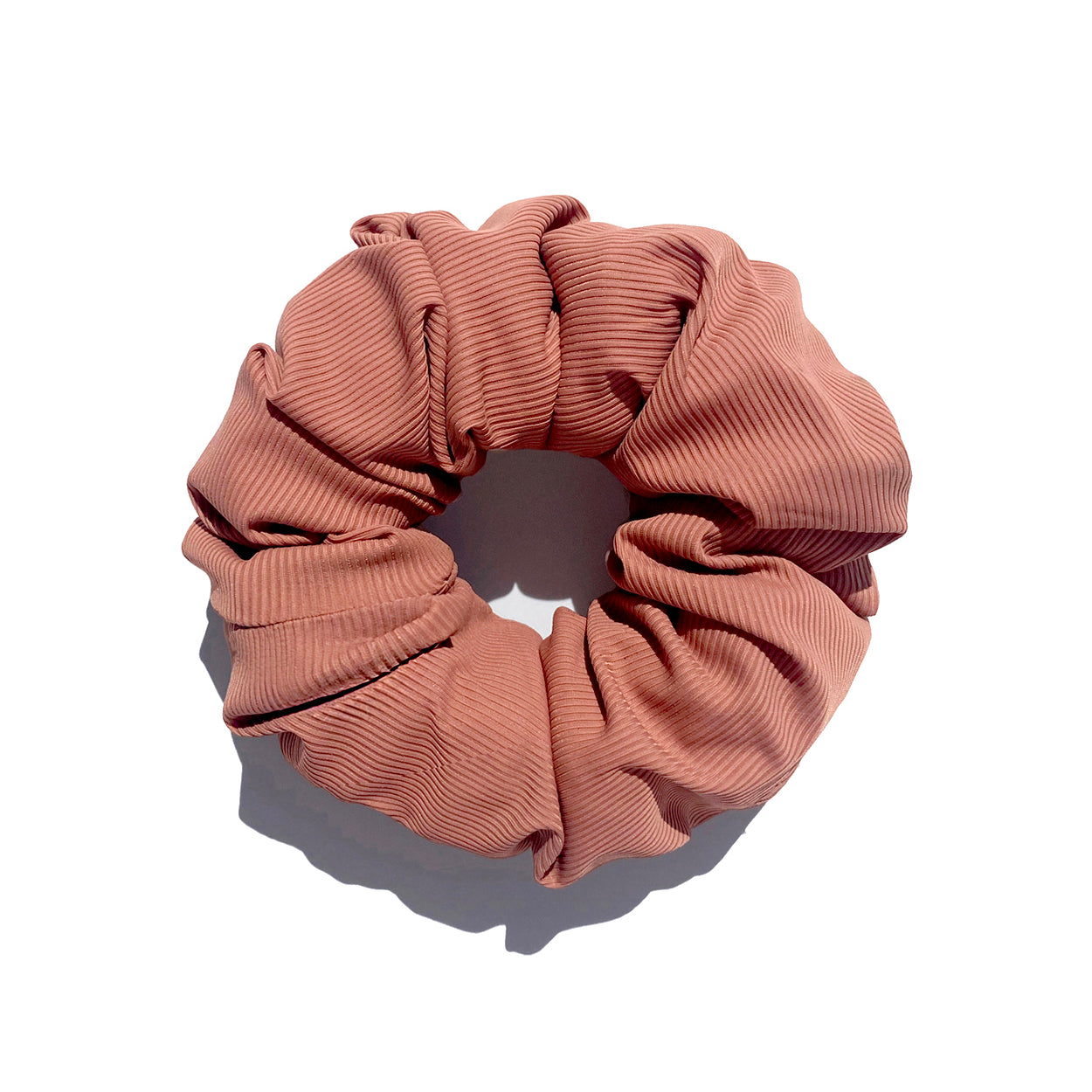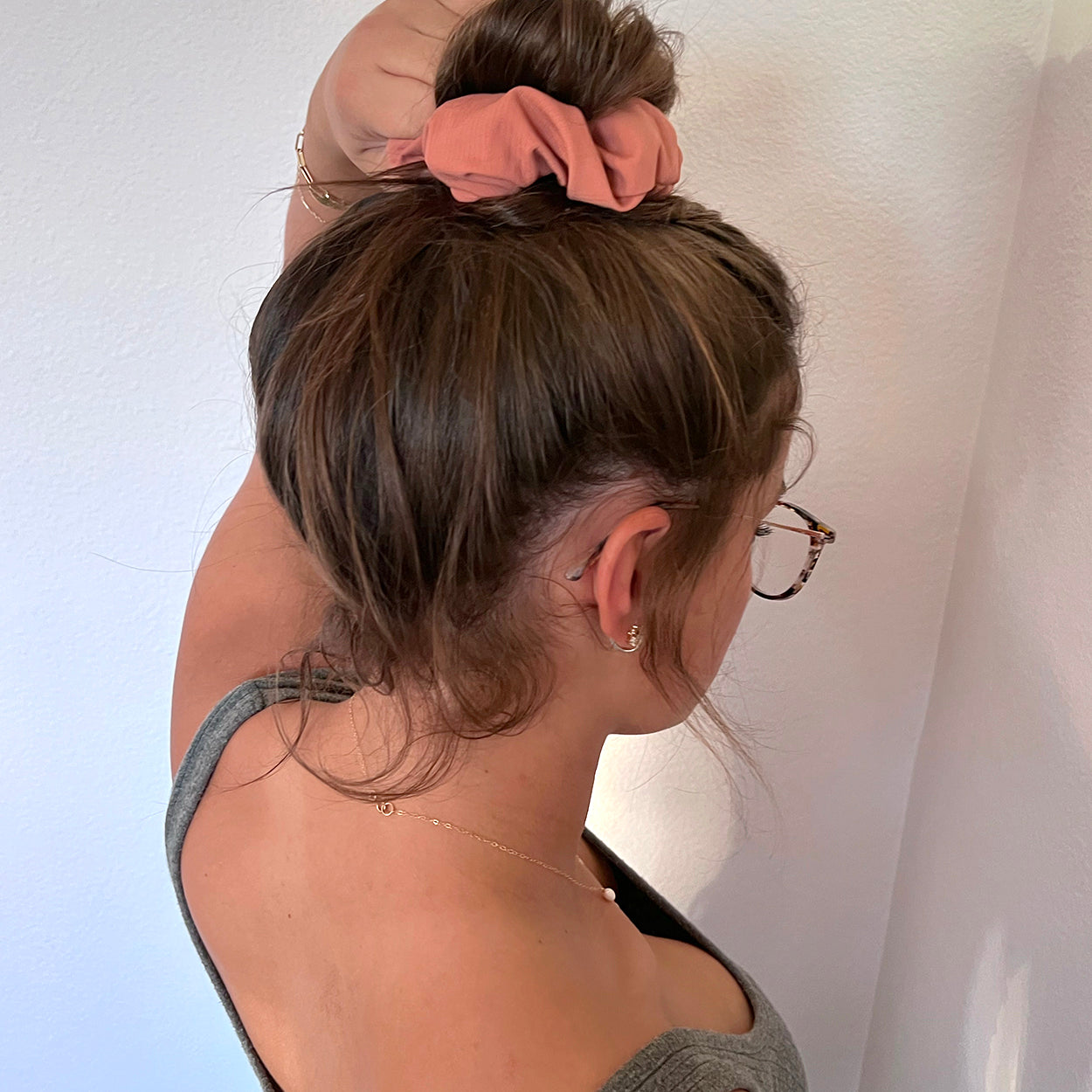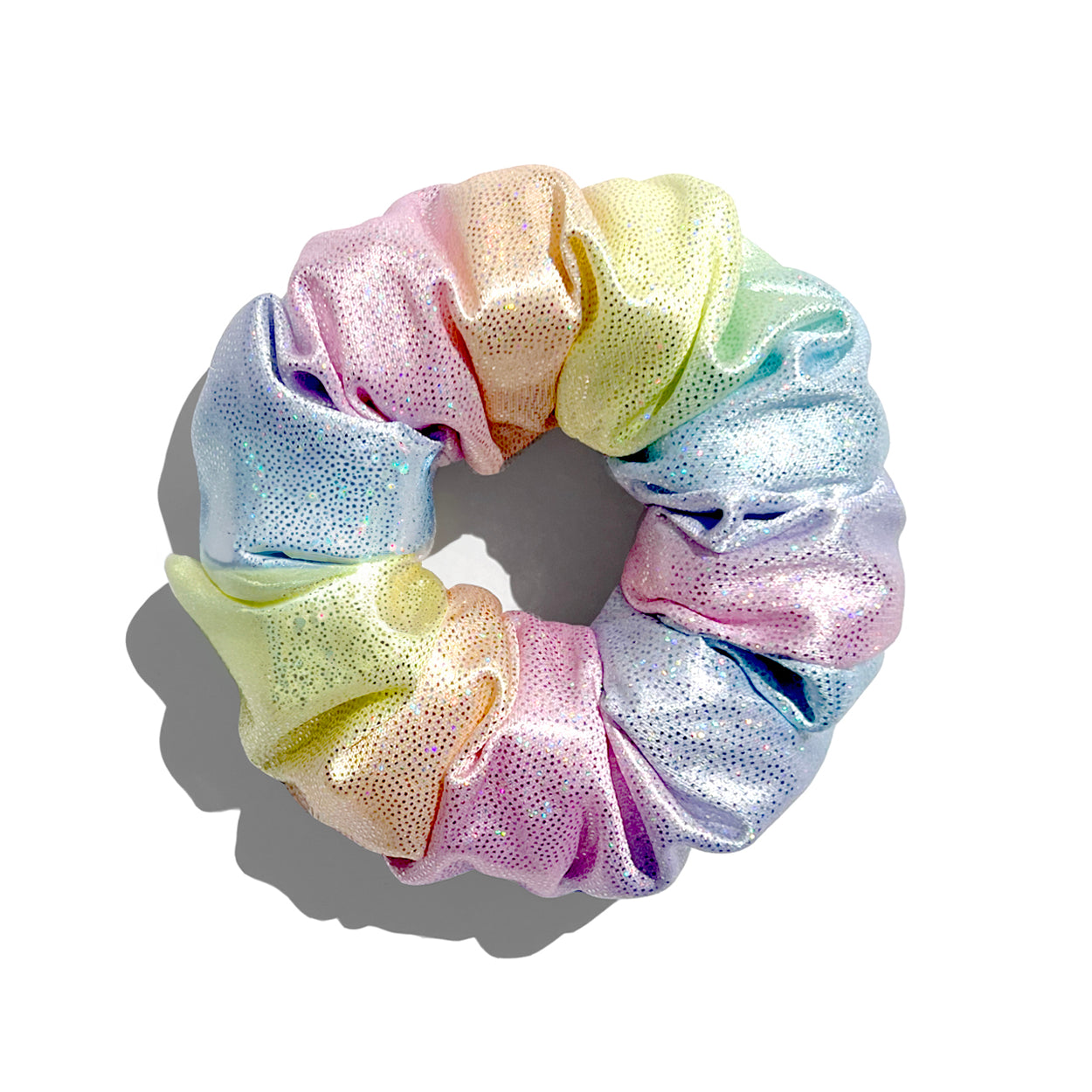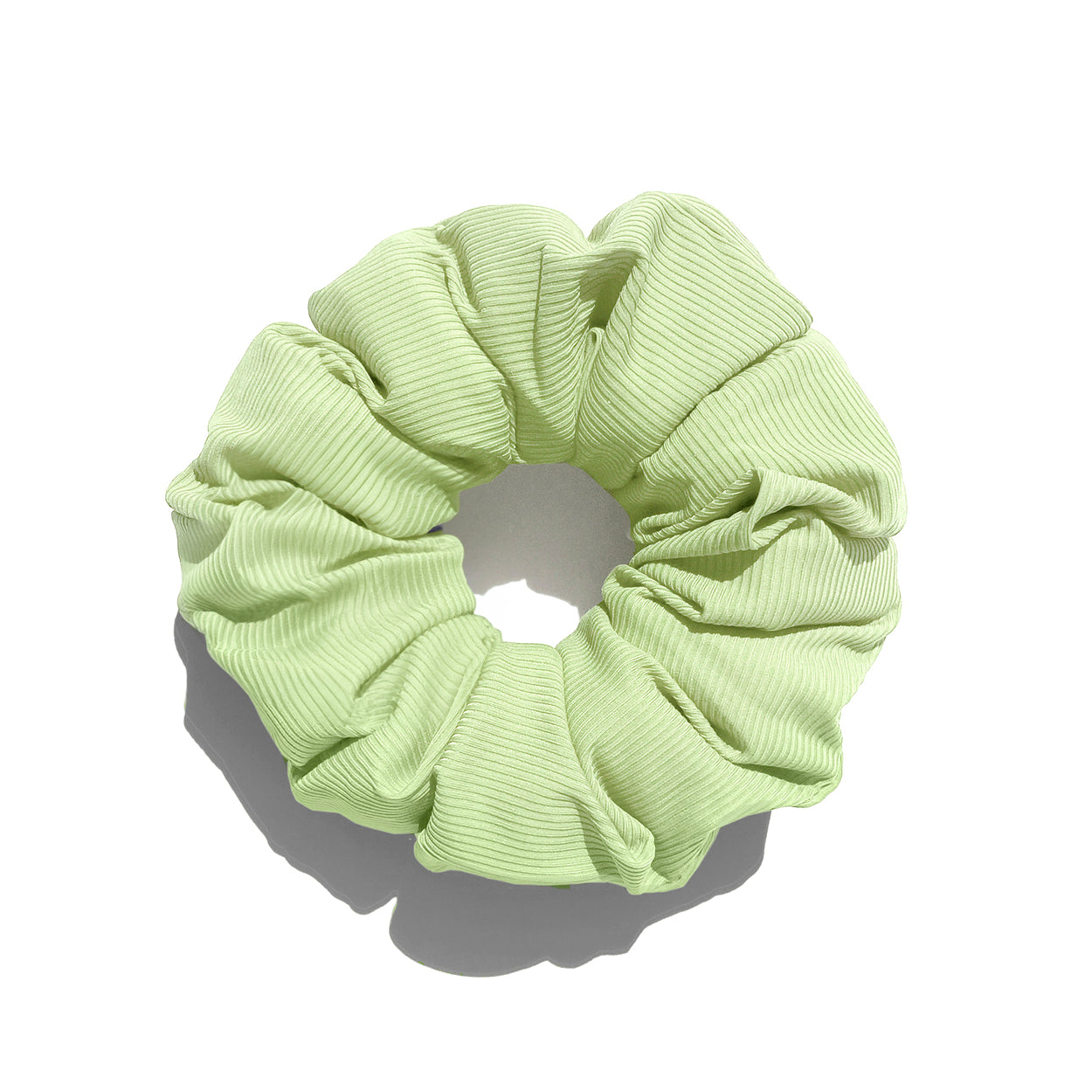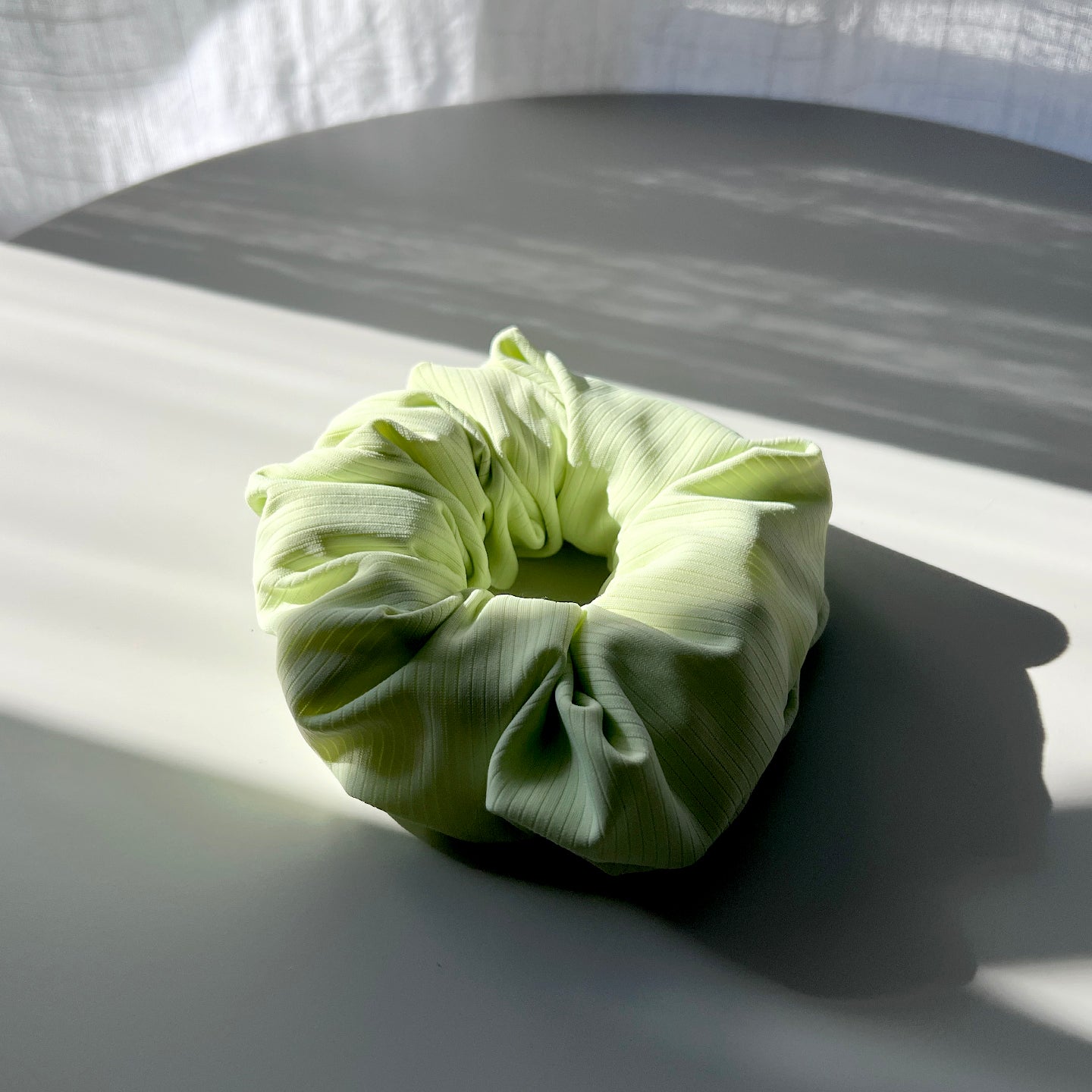Think of a time when you felt stressed or anxious. Recall the emotional response you had to that stressful or anxiety-riddled moment. Now, what was your physical response? Was your body moving unconsciously in an effort to process those emotions (e.g., tapping your foot, biting your nails, or swaying in your seat)? If so, you were stimming!
These self-stimulating behaviors are characterized by the repetition of certain sensory habits. A person stims to get rid of pent-up energy while sitting still or to sharpen focus during intense situations. It’s similar to fidgeting, except they differ in severity for the neurodivergent community, with stimming being the longer-lasting and more noticeable solution to external stimuli. Although it’s pretty common and not exclusively an indicator of neurodivergence, stimming is an important conduit for people with ADHD or autism, even appearing within the diagnostic criteria for autism.
But what’s stimming with ADHD, specifically? The relationship between the two is not considered an official sign of attention deficit disorders like it is for autism, yet stimming is a part of everyday life for a lot of people with ADHD.
A stim funnels all kinds of feelings into a manageable hobby, as subtle as playing with a scrunchie on your wrist…! Here’s how stimming looks from the outside, how it’s significant in ADHD, and how to regulate stims to be productive and safe.
Examples of Stimming
Stimming takes place within one or several of our senses, releasing overwhelming thoughts or emotions. It might be verbal/auditory, tactile (touch-based), visual, oral/olfactory (taste/smell), or vestibular (balance of motion) in nature.
- Verbally or auditorily, people who stim may hum, sing, whistle, clear their throat, murmur, or make a repetitive sound.
- Tactilely, they may practice nail- or cheek-biting, lip-chewing, knuckle- or neck-cracking, finger-drumming, or foot-tapping.
- Visually, they may “zone out” by staring into space, or blink repeatedly.
- Orally or olfactorily, they may lick or sniff objects around them.
- Vestibular stimming may include rocking back and forth, pacing, or shaking. It all depends on the person and their preferences.
So, what’s stimming? With ADHD, it’s a subconscious mannerism that redirects restlessness or emotionality into a sensory exercise. There’s some stigma surrounding stimming in general, but for people who have ADHD, their stims and their daily routines usually interact well together.
Stimming + ADHD
Scientifically, people with ADHD have a unique, interest-based nervous system that thrives on hyper-focused concentration. This enables them to work on tasks that interest them with great focus; on the other hand, if they’re not interested, it’s especially difficult for them to focus on that task. Stimming can remedy this lack of concentration, so it’s beneficial for many individuals. Studies have found that stimming positively affects those with processing disorders, since it channels their efforts to be much more organized.
While stimming organizes an unfocused brain, it also occurs as a result of boredom, or understimulation, just as it does with overstimulation for ADHD. “Happy stimming” exists in addition to these situational reactions, so it’s a flexible and widely applicable reflex.
For folks with ADHD, a stim can be calming, centering, or simply a background behavior. It’s a mode of thinking out loud that supports harmless physical activity, as long as these special fidgets remain safe for everyone involved.
Healthy Stim Patterns
Up to 60 percent of the 6.1 million children currently diagnosed with ADHD in the United States will experience symptoms into adulthood, which means developing healthy coping mechanisms is essential for long-term success. That said, it’s vital to address any unhealthy stimming and replace it with a stim that’s geared towards this success.
There are rare instances where a person’s stimming can be harmful, perhaps because it causes injury, disruption, or obsession. Maybe you’ve witnessed stimming like this before or are worried about your own. Stimming is highly personal, and unless this kind of harm is being done, it’s a perfectly fine outlet for neurodivergent people. The tendency to stim is not inherently negative, though some cases do require intervention.
A few examples of unhealthy stimming are skin picking or scratching (to the point of bleeding), hair-pulling, teeth grinding, and banging one’s head. Learning why or when a person stims is the first step to creating healthy patterns; there could be avoidable triggers in your environment whose removal lessens the unhealthy stimming in question. After tracing the source and limiting its effect, try a different stim to see if a healthier alternative helps.
Stimmers often turn to fidget toys to control their movements—however, popularized fidget spinners have been deemed disruptive for how over-the-top and distracting they can be, particularly in classrooms. Given the right tool, stimming can be even more useful than it already is without detracting from schoolwork: the Smush scrunchie, for example, encourages gentle stimming and accessorizes in the process!
Try Smush scrunchies for Stimming
If you’ve been wondering what’s stimming with ADHD in mind, the TL;DR answer is that it’s a necessary expression of energy allowing for better concentration. ADHD makes focusing a challenge, but it’s all about finding the best way to express that energy through stimming.
With a Smush scrunchie in hand, stimming is extra fun and fashionable. Our stim-friendly sensory scrunchie functions as an adorable hair tie and can also be worn as a bracelet that lets you fidget as needed. It’s a secure yet playful accessory that freshens the fidget toy world and keeps you comfortable, too. Get your Smush scrunchie today!

